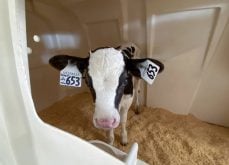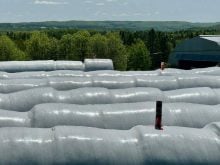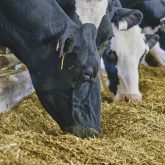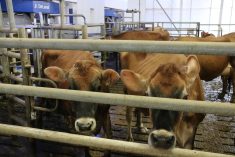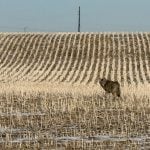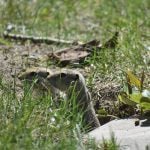Hoof trimming is a critical, yet often underestimated aspect of dairy cow management.
Lameness, primarily caused by claw lesions, remains one of the most significant welfare and productivity challenges in dairy farming.
By maintaining hoof health, regular hoof trimming improves animal welfare and ensures optimal farm profitability. This article delves into the practical benefits of hoof trimming, outlining how it can be effectively integrated into daily dairy operations.
Read Also
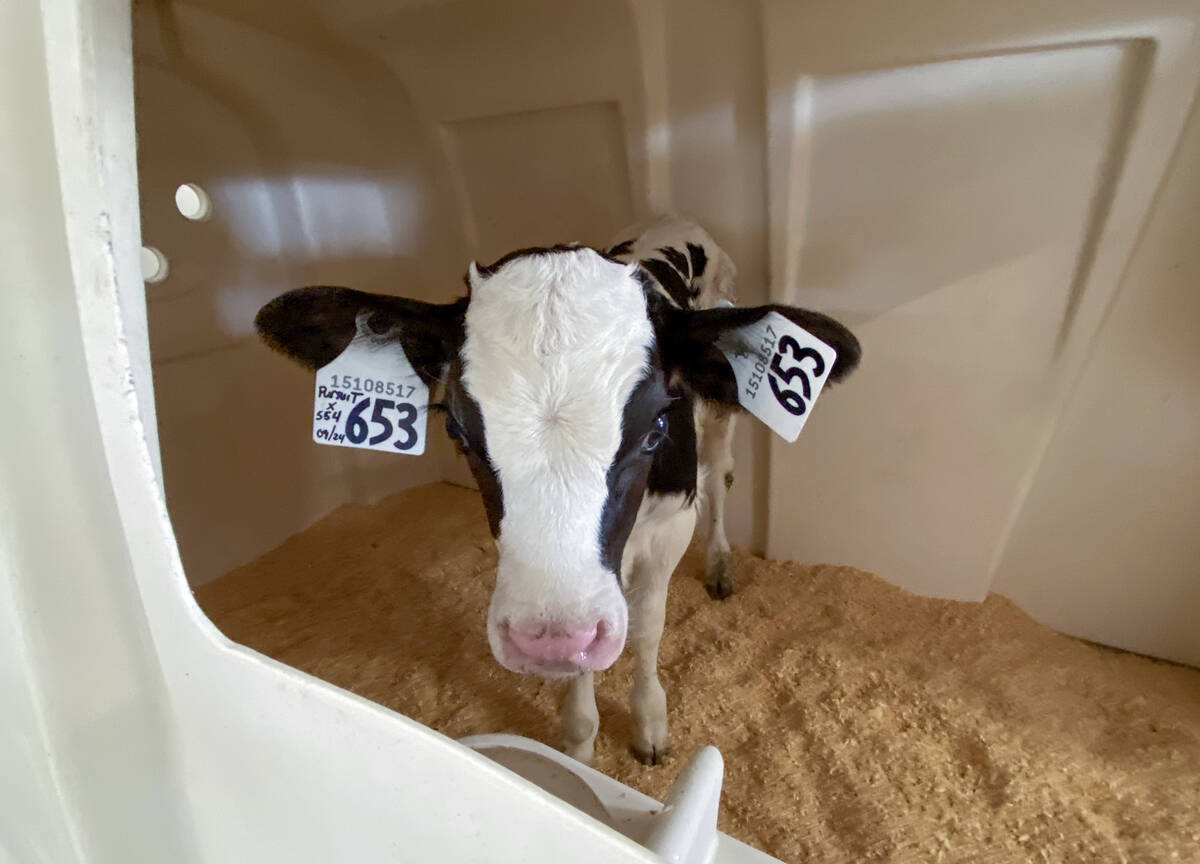
Lactanet turns methane expertise into business opportunity
Lactanet’s new fee-for-service breeding tool initiative to reduce greenhouse gas emissions in Canadian and Swiss Holstein herds will launch in April 2026.
Lameness is a global problem in dairy herds, with incidence rates ranging from 20 per cent to as high as 55 per cent in various countries. It impacts both animal welfare and economic outcomes.
Lame cows experience reduced mobility, pain, and often a decline in overall health, which leads to decreased milk production, poor reproductive performance, and increased culling. Moreover, consumer perceptions of animal welfare are increasingly influencing the sustainability of the dairy industry, and addressing lameness is paramount to improving these perceptions.
Lameness in dairy cows is caused by multiple factors, including production pressures, environmental stress and inadequate hoof care. These factors collectively lead to hoof lesions such as sole ulcers and white line disease, negatively impacting cow mobility, welfare, and productivity.
Hoof trimming could be a critical intervention to break the cycle of hoof lesion development by redistributing weight and correcting hoof shape, thereby reducing pressure points that cause lesions and infections. It is a preventive and proactive approach, regularly performed to maintain hoof shape and prevent the development of lesions, ensuring cows remain comfortable and productive, particularly during high-stress periods.
In addition to regular preventive trimming, there is corrective trimming, which is applied when a hoof lesion is detected during routine trimming or when cows show signs of lameness.
Corrective or therapeutic trimming involves removing necrotic tissue and redistributing weight away from the affected claws, often using foot blocks to relieve pressure and promote healing. By intervening early, the need for more invasive treatments can be avoided, helping to restore hoof health and cow well-being.
Benefits of hoof trimming
Beyond lameness prevention, hoof trimming enhances cow welfare and production by improving cow mobility and overall comfort. Studies show that cows with healthy hooves not only experience better mobility but also exhibit improved feeding behaviours and spend more time lying down, which is essential for their overall comfort and performance. By maintaining hoof health, cows remain productive throughout their lactation cycle, even during high-stress periods such as early lactation.
The long-term economic benefits of regular hoof trimming are also significant. By preventing severe lameness and reducing the need for costly medical treatments, producers can observe savings in veterinary costs. Moreover, cows with healthy hooves are more likely to maintain higher levels of milk production and achieve greater longevity within the herd, which directly contributes to overall farm profitability.
Best practices for implementing a hoof trimming program
- Ensure that hoof trimming is conducted by a skilled and trained professional who understands proper trimming techniques. Poor trimming practices can exacerbate issues, leading to over-trimming and other complications.
- Incorporate hoof trimming into the regular herd management schedule. Trimming should be done at least twice per year, with more frequent trimming for cows showing early signs of lameness.
- Minimize casual observation when creating trim lists. Almost all trim lists should be generated by computer and herd management software, based on the farm’s hoof care protocol.
- Design a hoof care protocol tailored to the specific needs of each farm. As a rule of thumb, trimming should take place around 100 days in milk (DIM) and again at dry-off. The necessity of trimming pre-fresh heifers should be assessed based on the individual circumstances of the farm.
- Implement a regular and routine approach for detecting early signs of lameness to identify lame cows. This can be achieved through visual gait scoring or using technology which in the near future will refer all lame cows to the trim list.
- Use digital hoof health records to track the impact of trimming on individual cows. This can help identify patterns of lameness and allow farmers to tailor trimming schedules based on each cow’s specific needs.
- Combine hoof trimming with other preventive strategies, such as optimizing nutrition and improving barn flooring. A holistic approach to hoof care enhances the effectiveness of trimming and improves overall herd welfare.
With a consistent and well-structured trimming program, dairy farmers can reduce the incidence of lameness, minimize veterinary costs, and increase milk production. Regular hoof trimming is not just a maintenance task — it is a critical investment in the long-term success of the dairy operation.
Amir Nejati has a DVM degree, and a Master’s degree in Animal Science from McGill University and serves as a dairy cattle specialist at Clearbrook Grain & Milling in British Columbia.





